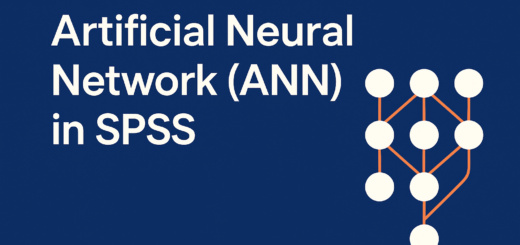Daily Archive: May 4, 2025
Robust regression refers to methods that are less sensitive to outliers, heteroskedasticity, and violations of normality of residuals. These techniques aim to produce reliable estimates even when assumptions like homoskedasticity or normal error distribution...
When the dependent variable in a linear regression is not normally distributed, it can violate key assumptions, particularly those affecting inference (like p-values and confidence intervals). Here are remedies depending on the severity and...
Power analysis in regression helps you determine whether your sample size is large enough to detect an effect of a certain size with a given level of confidence. It’s essential when planning studies to...
In regression analysis, effect size refers to the strength or practical importance of the relationship between the predictor(s) and the outcome variable. Unlike t-tests, regression effect sizes focus on how much variance is explained...
In SPSS and statistics more broadly, effect size in the context of a t-test measures the magnitude of the difference between two groups, independent of sample size. While a t-test tells you whether the...
Artificial Neural Networks (ANNs) have become a popular tool in predictive analytics due to their ability to model complex, non-linear relationships between input and output variables. While advanced machine learning libraries in Python or...




